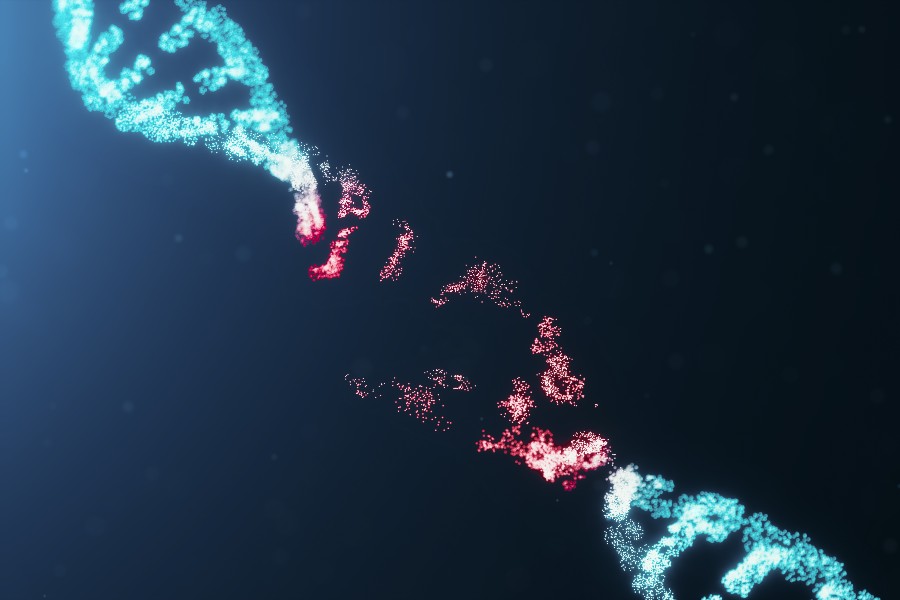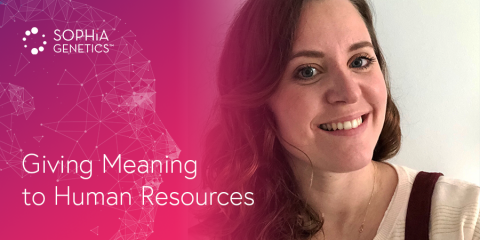This week is marking one year from the official launch of the SOPHiA DDM TM Homologous Recombination Deficiency (HRD) Solution, accelerating and empowering our customers’ clinical cancer research decisions with cost-effective, accurate and fast in-house results.
Celebrating 1 Year of SOPHiA DDM™ Homologous Recombination Deficiency (HRD) Solution!
read more


